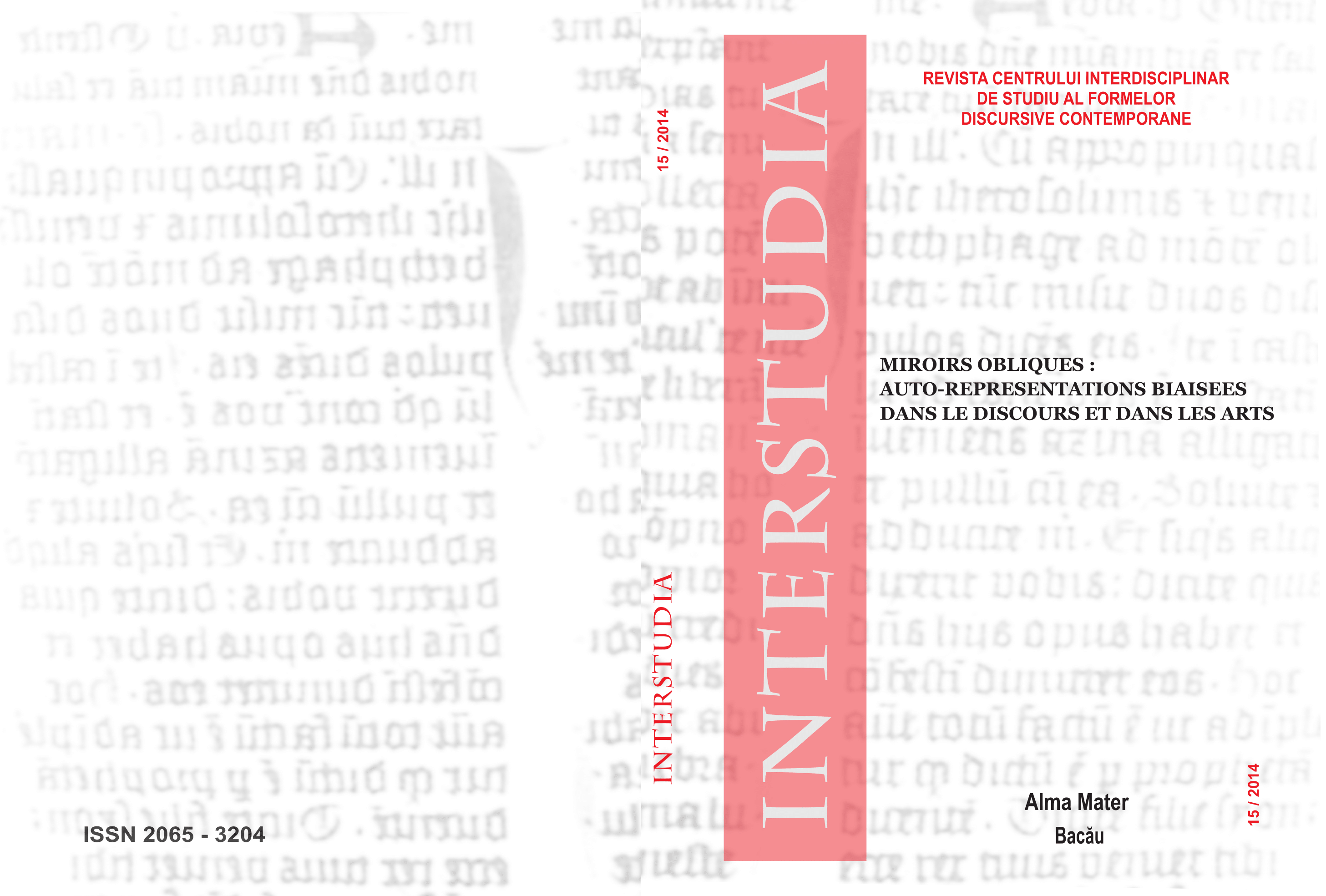Autofiction, obliquité et autres «æncrages» dans la représentation discursive du moi intime
Autofiction, obliquité et autres «æncrages» dans la représentation discursive du moi intime
Author(s): Ela VălimăreanuSubject(s): Language and Literature Studies
Published by: Editura Alma Mater
Keywords: memory; autofiction; disguise; codification; ‘ænchorings-æncrages’;
Summary/Abstract: This study focuses on the fundamental strategies in Georges Perec’s literary representations of his aching inner self. The French writer relates himself to reality throughout rhetoric artifacts essentially based on the ambivalent hide-and-seek between the real world and its multiple-faced embodiment in writing, between the truth and the surrogate, between memory and void in order to build up a word fortress while facing the terror of confession. Writing a fragmentary autobiography throughout autofiction and self-reference, Georges Perec proves to be the master of disguise in the confrontation to the History that has painfully marked him with a mutilation of his memories. Travesty and deviation techniques lead the writer to develop the poetics of absence, gap and silence along with fragmentary items as discursive devices for the expression of his inner tropisms. In order to fictionalise his subjectivity, Georges Perec uses numerous variations around the Self as well as an ambivalence of attitude that is sometimes playful and frivolous, sometimes disguised and dissimulated in order to create a subtle autobiographic approach hiding a wound by both derision and cancellation. This study will give an account of the forms and functions of Perecquian memory, beginning with the one that insinuates itself inside the fictional space to that in search of an alterity, a voice in disguise, fading away and silenced by gaps or unoccured things. Protean work displaying a continuously renewed memory under the sign of forgery and cunning counterfeit, Georges Perec’s writing offers and refuses itself, folds and unfolds, unceasingly accumulating or breaking itself up in thousands of tiny fragments in order to highlight, in an allusive, subtle and subversive way, ‘aenchorings’ (« aencrages ») and rhetoric devices of self-memory.
- Issue Year: 2014
- Issue No: 16
- Page Range: 115-127
- Page Count: 13
- Language: French
- Content File-PDF

